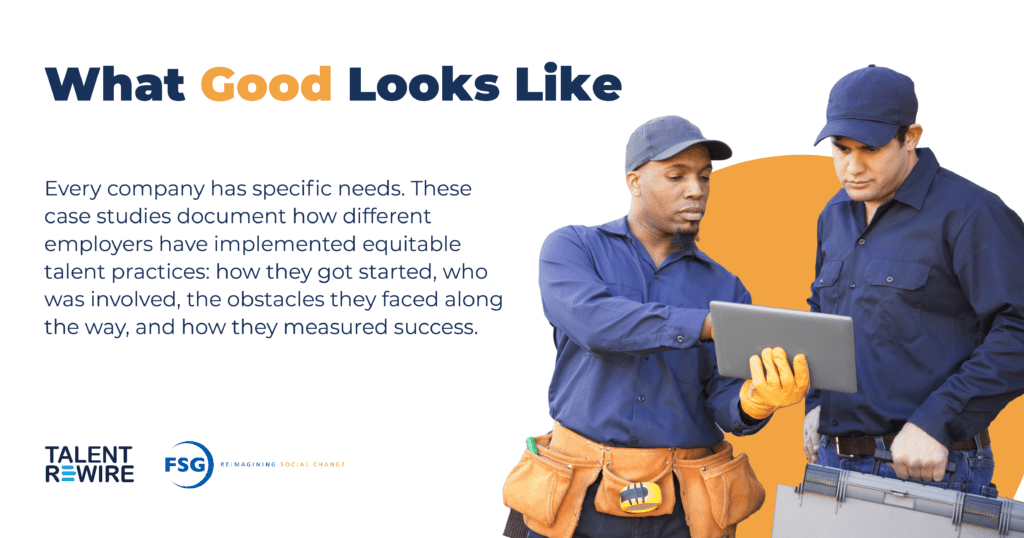Carhartt
Main Challenge
Carhartt identified a need among employees for financial wellness support, as many were using payday lenders and credit cards to cover emergency expenses. They wanted to find an accessible, low-lift option that could be deployed across multiple locations.
Opportunity Employment Practice
Offer financial wellness programs, such as low-interest emergency loans, that help to build employee credit and savings.
Business Case
Practical financial wellness programs, such as emergency expense support, can assist employers with employee retention as hardships can impact an employee’s performance and ability to retain a job. Additionally, this sort of support can bolster company loyalty and assist with talent recruitment while providing employees with a support network in the case of unforeseen emergency expenses.
About What Good Looks Like
When companies empower their employees, everybody benefits. What Good Looks Like presents case studies of leading companies who have committed to supporting their frontline and entry-level employees. In a changing workforce landscape, it’s not only important but also urgent for employers to respond with innovation. Each edition of What Good Looks Like and each individual case study gives readers a closer look into how companies of diverse geographies and industries have piloted, implemented and scaled equitable talent practices.
We heard a consistent request from our employer partners for detailed examples of how other companies have made their visions of a more equitable, robust talent system a reality. We compiled What Good Looks Like to fill that request and added practical exercises on top of the research to help readers assess their own paths forward.
![]() The research included in this case study was supported by funding from Walmart.
The research included in this case study was supported by funding from Walmart.

